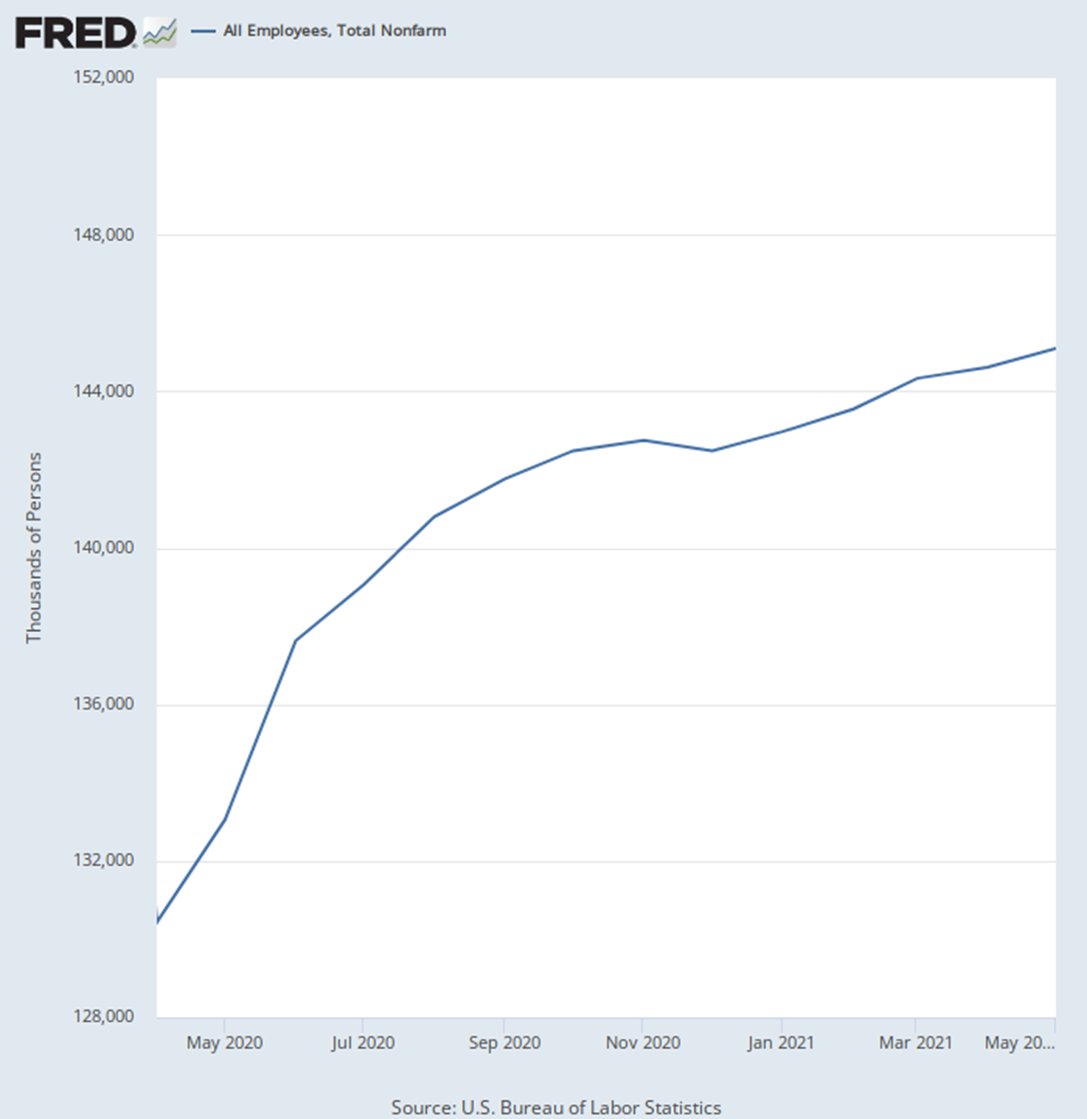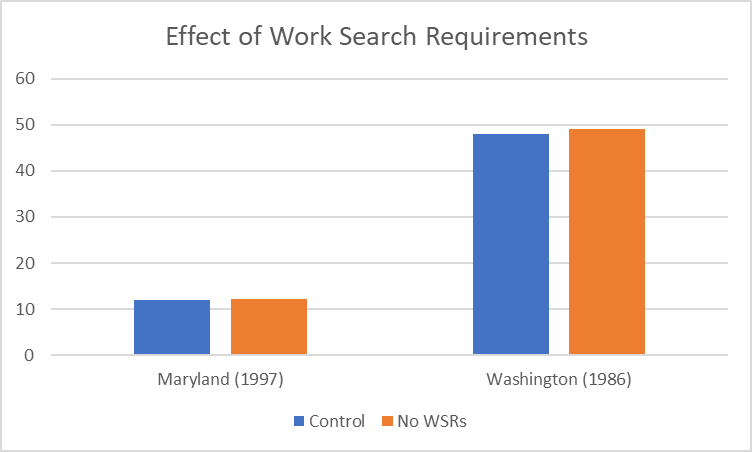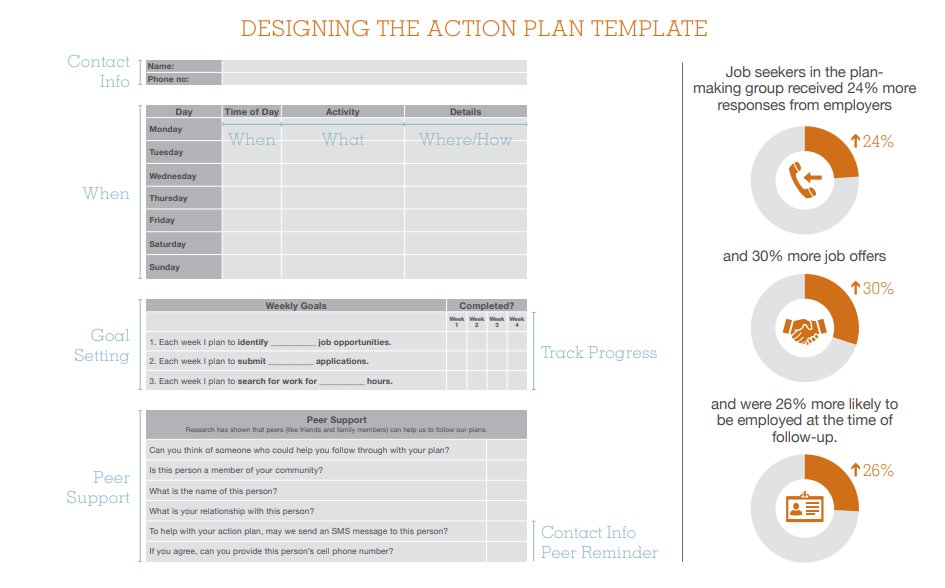Thread
Yes - I don't think work search requirements are a good policy.
The key is recognizing the hidden clause.
It's not "require people to look for work".
It's "require people to look for work 𝐢𝐧 𝐰𝐚𝐲𝐬 𝐭𝐡𝐚𝐭 𝐚𝐫𝐞 𝐥𝐞𝐠𝐢𝐛𝐥𝐞 𝐭𝐨 𝐭𝐡𝐞 𝐬𝐭𝐚𝐭𝐞".
(1/11)
The key is recognizing the hidden clause.
It's not "require people to look for work".
It's "require people to look for work 𝐢𝐧 𝐰𝐚𝐲𝐬 𝐭𝐡𝐚𝐭 𝐚𝐫𝐞 𝐥𝐞𝐠𝐢𝐛𝐥𝐞 𝐭𝐨 𝐭𝐡𝐞 𝐬𝐭𝐚𝐭𝐞".
(1/11)
That last clause is always implicit, and making it more explicit should change how you evaluate WSRs.
(2/11)
(2/11)
There's a lot of variation in how states/programs operate WSRs, but the modal set up is something like "Document 3 job search activities" (typically this means "sending a resume to an employer or doing an interview").
(3/11)
(3/11)
And while doing those is a part of a job search, they are also just the tip of the iceberg.
A lot of "job search" is actually happening through informal networking, which is not legible to states.
(4/11)
A lot of "job search" is actually happening through informal networking, which is not legible to states.
(4/11)
Grannovetter's "Strength of weak ties" is a classic paper here, and it recently got an experimental verification.
One of the best ways to find a job is to have a diffuse social network - not something states can measure!
(5/11)
One of the best ways to find a job is to have a diffuse social network - not something states can measure!
(5/11)
On the other hand, note that "send out three resumes a week" is pretty trivial - especially these days. You can do it with a few mouse clicks.
I don't think it actually effects work search intensity that much.
(6/11)
I don't think it actually effects work search intensity that much.
(6/11)
Some of the worst programs make you apply for jobs through the state website.
Unfortunately, very few employers actually use the state website, so people have to apply for jobs twice - once to satisfy the WSR, and a 2nd time to 𝐚𝐜𝐭𝐮𝐚𝐥𝐥𝐲 apply for the job.
(7/11)
Unfortunately, very few employers actually use the state website, so people have to apply for jobs twice - once to satisfy the WSR, and a 2nd time to 𝐚𝐜𝐭𝐮𝐚𝐥𝐥𝐲 apply for the job.
(7/11)
Are WSRs effective?
Well, we waived them during Covid (through summer 2021) and people still got jobs at a pretty rapid clip.
(8/11)
Well, we waived them during Covid (through summer 2021) and people still got jobs at a pretty rapid clip.
(8/11)
But we also have RCTs!
Washington experimented with waiving work search requirements and found that it increased length of UI receipt - from 48 to 49 weeks.
(9/12)
Washington experimented with waiving work search requirements and found that it increased length of UI receipt - from 48 to 49 weeks.
(9/12)
Maryland did a similar experiment and found it increased UI receipt from 11.9 to 12.3 weeks.
These were statistically significant effects (big Ns!), but I don't think they are especially meaningful.
(10/12)
These were statistically significant effects (big Ns!), but I don't think they are especially meaningful.
(10/12)
There are other ways of improving time-to-job speed that I think we should be experimenting with - I'm particular a fan of the Action Planning intervention that World Bank has been testing.
(11/12)
openknowledge.worldbank.org/server/api/core/bitstreams/7b6efbfd-acd9-5100-a79e-9bed7608ad7b/content
(11/12)
openknowledge.worldbank.org/server/api/core/bitstreams/7b6efbfd-acd9-5100-a79e-9bed7608ad7b/content
What we need here is more piloting and scaling of effective models - which could include developing more effective WSRs than the current model!
(12/12)
(12/12)


